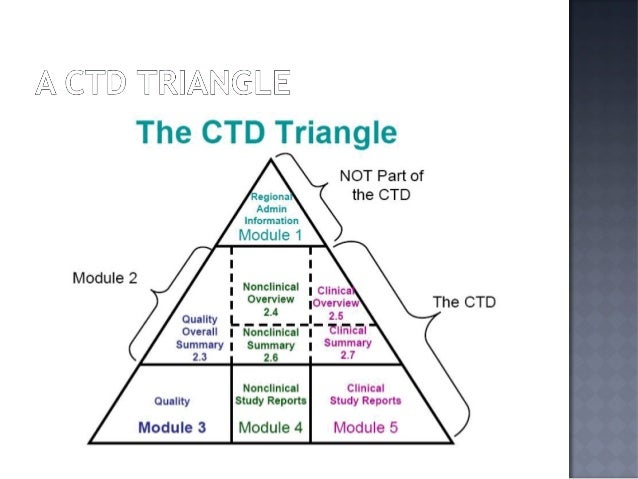
This additional specification describes the way files should be constructed for inclusion in the eCTD.

Key Points:
- It is not necessary to use a product from Adobe or from any specific company to produce PDF documents.
- All ICH regional regulatory authorities are able to read and accept PDF files saved as PDF version 1.4 through 1.7, PDF/A-1, or PDF/A-2 compliant to ISO 32000-1:2008.
- The size of a PDF file should not exceed 500MB.
- Regulatory authorities cannot guarantee the availability of any fonts except Times New Roman, Arial, and Courier and fonts supported in the Acrobat product set itself. Therefore, all additional fonts used in the PDF files should be embedded to ensure that those fonts would always be available to the reviewer.
- Times New Roman, 12-point font, is adequate in size for narrative text and should be used whenever possible. Times New Roman font sizes 9-10 or an equivalent size of other recommended fonts are considered acceptable in tables but smaller font sizes should be avoided.
- The use of a black font color is recommended. Blue can be used for hypertext links. Light colors can be difficult to read on a monitor as well as when printed, and should be avoided. The use of background shadowing can be difficult to read and should be avoided.
- Pages should be properly oriented so that all portrait pages are presented in portrait and all landscape pages are presented in landscape.
- A sufficient margin of at least 2.0 cm on the left side of each page for portrait and top of the page for landscape should be provided to avoid obscuring information. The remaining margins should be a Page 6 of 9minimum of 0.8 cm. Header and footer information can appear within these margins but should not appear so close to the page edge to risk being lost upon printing.
- All pages of a document should include a unique header or footer that briefly identifies its subject matter.
- Scanning should be avoided where possible.
- It is recommended that scanning be undertaken at a resolution of 300 dots per inch (dpi) to balance legibility and file size. The use of grayscale or color is discouraged because of file size. After scanning, resampling to a lower resolution should be avoided.
- Paper documents containing hand-written notes should be scanned at a resolution of at least 300 dpi. Hand-written notes should be done in black ink for clarity, 600 dpi is recommended. High-pressure liquid chromatography or similar images should be scanned at a resolution of at least 300 dpi.

- Applicants should validate the quality of the renditions.
- Hypertext links can be designated by rectangles using thin lines or by blue text as appropriate. Bookmarks are expected even if there is no TOC In the document. The use of no more than 4 levels in the hierarchy is recommended, but additional levels could be created for study reports if such bookmarks contribute to efficient navigation.
- Relative paths should be used when creating hypertext links to minimize the loss of hyperlink functionality when folders are moved between disk drives.

- The bookmarks should be collapsed when document is opened so that all bookmarks are at the first level.
- The first page of the document should be numbered page 1, and all subsequent pages (including appendices and attachments) should be numbered consecutively with Arabic numerals. Roman numerals should not be used to number page. The only exception should be where a document is split because of its size, the second or subsequent file should be numbered consecutively to that of the first or preceding file.
- Security fields should be set to allow printing, changes to the document, selecting text and graphics, and adding or changing notes and form fields. The exception to this rule includes regulatory forms with pre-existing security and literature references that need to be copyright protected.





Reference
http://estri.ich.org/ssf/Specification_for_Submission_Formats_for_eCTD_v1_0_.pdf
////////ICH M8, Specification, Submission Formats, eCTD














